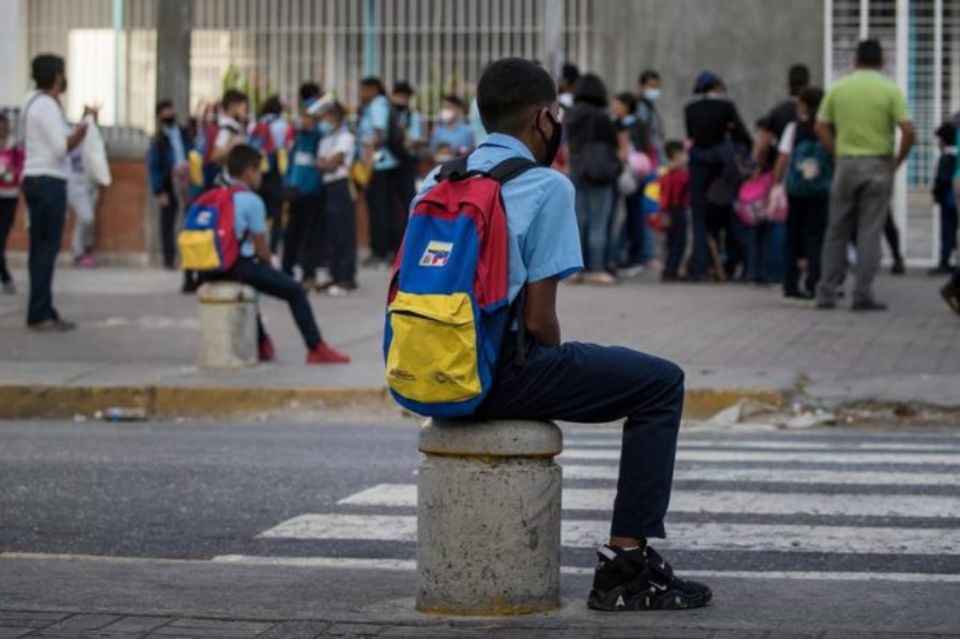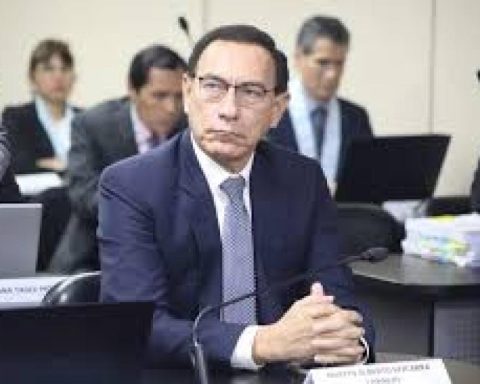Entrepreneurs value the initiative of the plan and are committed to helping make it effective; They made recommendations to be analyzed by the Government
The president Luis Abinader and Vice President Raquel Peña presented this Friday to the plenary session of the National Competitiveness Council (CNC), “Meta RD 2036 prioritized in the Government Plan 2024-2028”, in the Green Room of the National Palace.
During the event, in which a lunch was also held, the businessmen valued the initiative of the plan and committed to helping to make it effective, while giving their recommendations to be analyzed by the Government.
The plan that was presented by the executive director of the CNC, Peter A Prazmowski, seeks to achieve the full development of the country to benefit more people, generate more jobs and improve public services.
During the meeting with the members of the plenary session, the president explained that these statistics have been worked on for two years and have been monitored so that they can be met based also on the multi-year budget that the Government has until 2028.
The governor said that the objective of Goal 2036 is to identify all the actions that are sectoral, transversal, intersectoral of the second generation that will promote these determinants of growth. He gave as an example the issue of zero hunger and pointed out that, “If we achieve 50% of what we achieved in the period of the last four years, we achieve zero hunger.”
In that sense, he explained that the Government lowered undernourishment from 8.7 to 4.6, according to data from the Food and Agriculture Organization of the United Nations (FAO). “If we manage to lower two more points, which already below 2.5 is zero hunger. I want to tell you that all these statistics are based not on a wish, nor on a dream, but on a possible reality.”
When referring to the goal of employment formality, the governor stated that it is one of the most challenging, but work will be done to achieve it.
He pointed out that, this year, the homicide rate per 100,000 inhabitants is 9.6%, and said he hopes it will be less than 10 in 2028. “Those are objectives that can be perfectly achieved.”
In that order, he recalled the homicide rate in the country in 2011, which was the peak, where 27 murders were recorded per 100 thousand inhabitants and currently shows progress, standing at 9.6%.
In addition, he said the Dominican Republic occupied a high place at that time with the exception of Colombia, Honduras, El Salvador, and that today the country ranks with the lowest in Central America and the Caribbean.
Regarding the case of water, President Abinader stated that, in these four years, it has been increased by 9% to guarantee improvement in water service.
In that sense, he highlighted that half of these objectives are achieved with a single work, which is the Santo Domingo through Hatillo aqueduct, which is 10 cubic meters.
Also, the governor made a count of the technical educational centers that the Dominican government is using for the training of young people in the different areas where he mentioned, centers such as the Technical Catholic University of Barahona, the ISA University, the Dajabón Technological Institute, the Loyola Technical Institute, among other places in the country.
He also highlighted that the work carried out by the Loyola Polytechnic receives and referred to the expansion of the National Institute of Professional Technical Training (Infotep), of the Technological Institute of the Americas (ITLA); from the Autonomous University of Santo Domingo (UASD) and the polytechnics of the Ministry of Education in the Dominican Republic.
In another order, President Abinader explained to them the great significance of the 14/24 Opportunity Program, which aims to promote the reintegration into the educational system of adolescents between 14 and 17 years old, as well as the socioeconomic inclusion of young people between 18 and 24. in conditions of social vulnerability, through a comprehensive, collaborative and community approach to contribute to the reduction of multidimensional poverty.
He maintained that there are already more than 130 schools throughout the country that the last graduation held was last Saturday in Barahona where almost 2,000 young people graduated. He also noted that the Community Technology Centers (CTC) are already being used to also provide technical training courses.
For his part, Prazmowski explained each of the objectives of the plan and spoke of a new model of productive development of physical and human capital and productivity.
In the capital part, private and local investment, foreign direct investment, public infrastructure and capital depreciation and congestion stood out. While, in human capital, he highlighted the years of effective education, life expectancy, formal participation, the workforce, population growth and immigration control. Meanwhile, in the productivity part, he explained the social, political and economic climate in the country that has made enormous progress in institutionality.


















